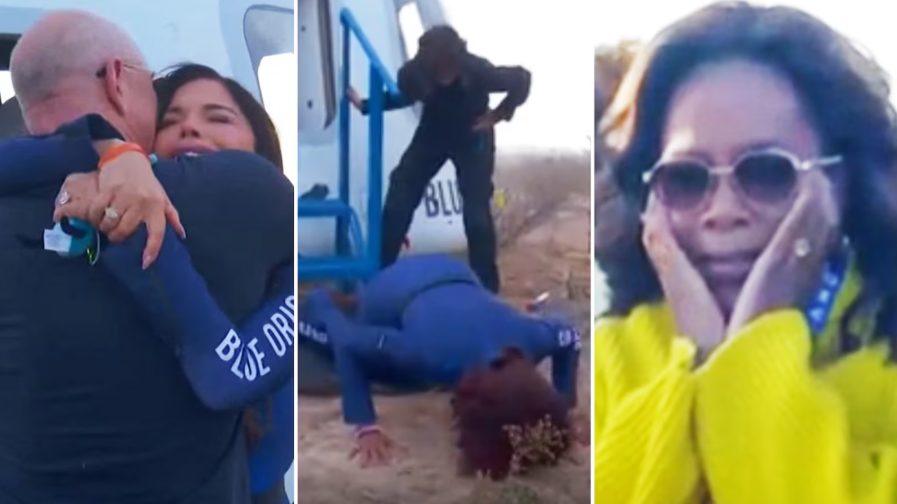
This article is more than
2 year oldIt was supposed to be an eight day mission. But after more than 80 days stranded in space, the world learned this week US astronauts Butch Wilmore and Sunita William won’t be returning to Earth for another six months.Expected to spend a total of eight months in space, the two veteran astronauts face a number of health risks, an expert has warned.
“An extended period in space can be quite challenging and quite taxing on your body,” the University of Melbourne’s space health topic co-ordinator Dr Rowena Christiansen told news.com.au.
Wilmore and Williams blasted off from Earth to the International Space Station (ISS) on Boeing’s Starliner on June 5 – the spacecraft’s maiden crewed voyage.
But after the craft experienced a number of issues, including failed thrusters and several leaks of helium, NASA confirmed the pair are now expected to return to Earth in February on a SpaceX Crew Dragon spacecraft due to launch next month.
“I know this is not the decision we had hoped for, but we stand ready to carry out the actions necessary to support NASA’s decision,” Boeing’s Starliner chief Mark Nappi said in an email to employees.
“The focus remains first and foremost on ensuring the safety of the crew and spacecraft.”
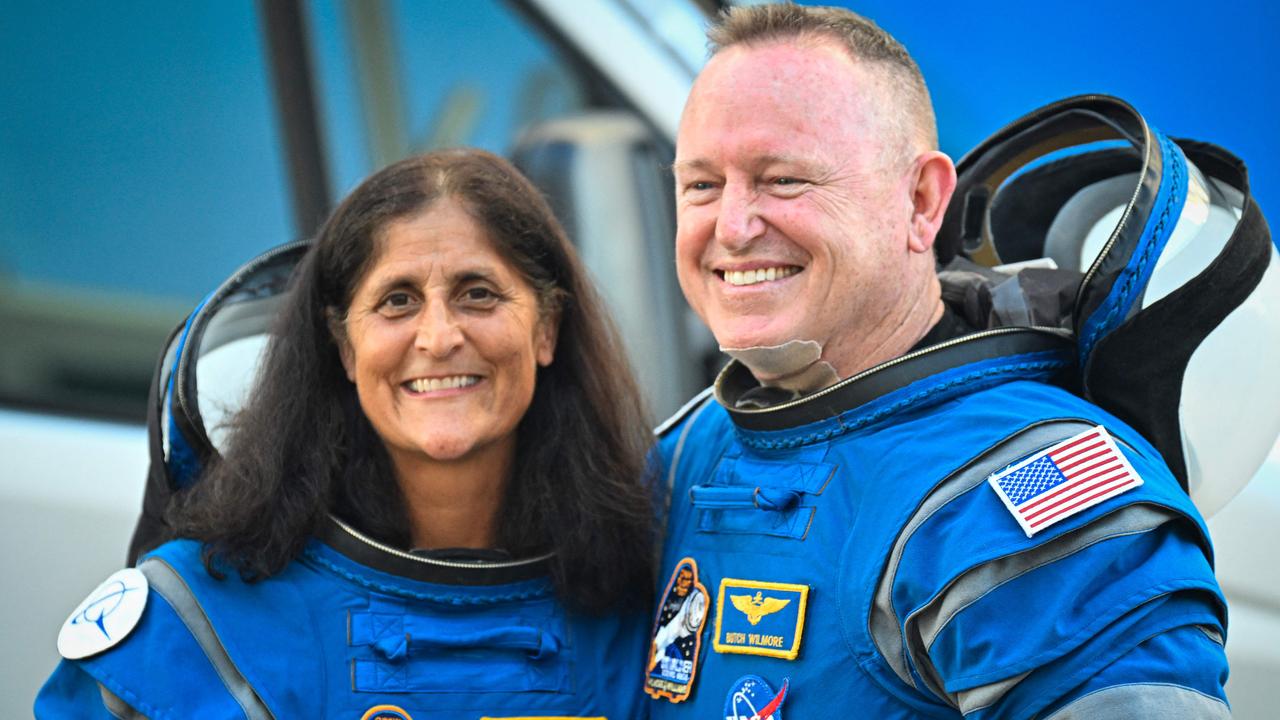
What happens to your body in space?
Destined to spend six more months in microgravity, one of the biggest risks Wilmore and Williams face is the weakening of their muscles and bones, Dr Christiansen said.
“Because the muscles don’t have to work as hard to support the body, they can become weaker and get smaller,” she explained, adding that muscles in your heart, legs and neck can be affected,” Dr Christiansen said.
“Alongside that, because your bones aren’t having to work against gravity, your bones lose minerals in microgravity, particularly calcium, and that can lead to a decrease in bone density.”
She warned changes to muscle mass can occur “pretty quickly”.
In fact, muscle mass can fall by as much as 20 per cent after two weeks in space and by 30 per cent for longer missions of three to six months, Dr Christiansen said.
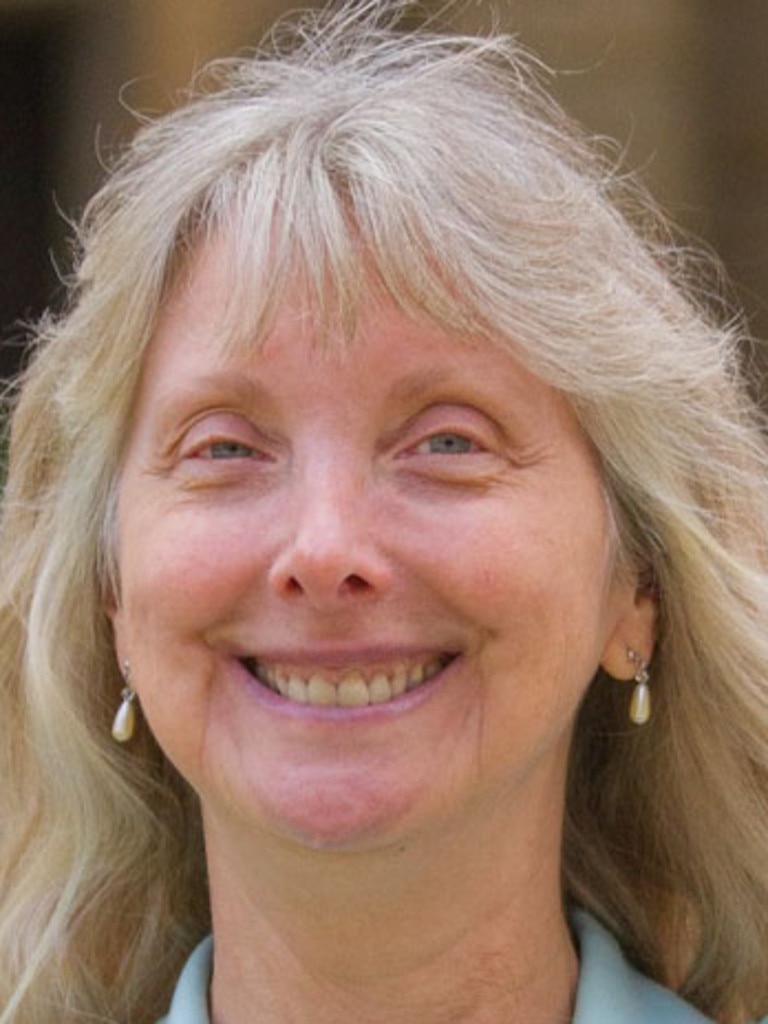
Astronauts can also lose one to two per cent of their bone mass every month they spend in space and up to 10 per cent over a six-month period
“On Earth, older men and women lose bone mass at the rate of 0.5 to one per cent every year, so that’s quite significant,” Dr Christiansen said.
To help combat this, astronauts undertake 2.5 hours a day of exercise on the International Space Station, where they have access to a resistive exercise device, treadmill, and an exercise bike. Diet and maintaining adequate nutrition also helps address bone and muscle issues.
Even when a decline in muscles mass does occur, Dr Christiansen said astronauts can recover after returning to Earth, with studies suggesting it can take up to four years for their bone mass to return to normal.
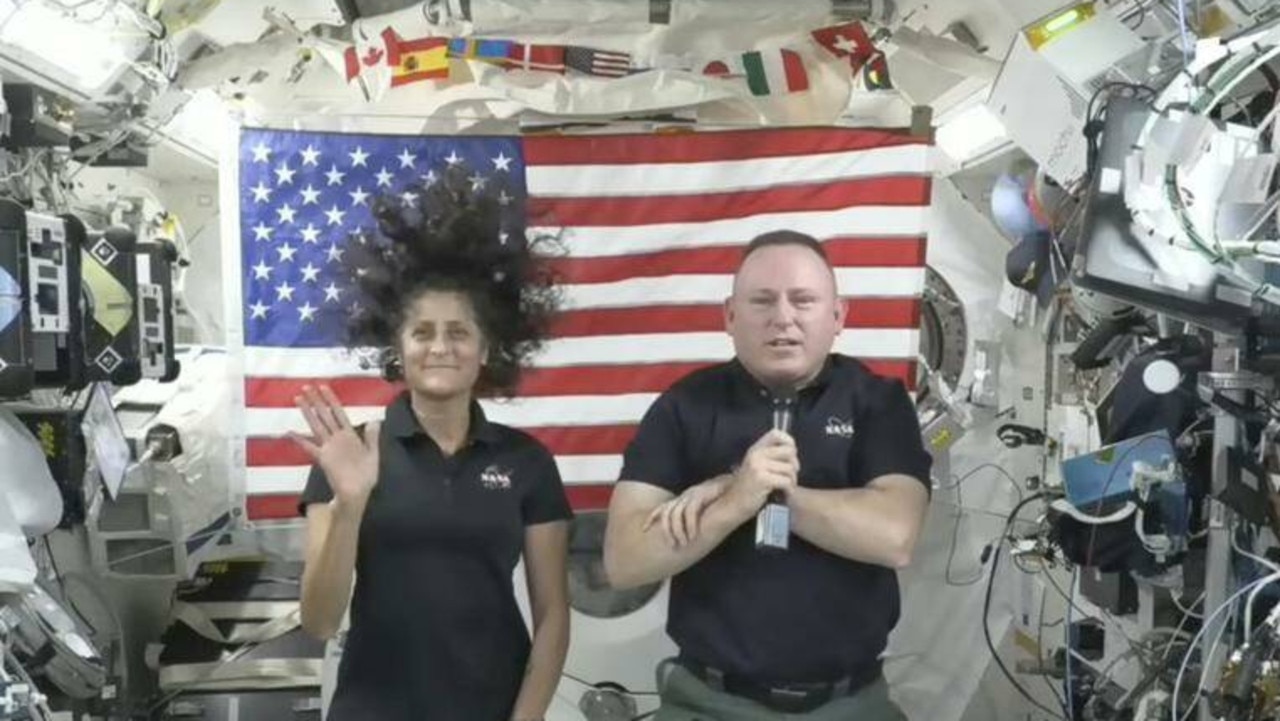
‘Puffy face and chicken legs syndrome’
Dr Christiansen said gravity has a significant effect on the distribution of fluids in your body, explaining astronauts who spend time in microgravity can develop what is known as “puffy face and chicken legs syndrome”.
“If you take away the effects of gravity then you tend to get less fluid in the bottom half of your body, and fluid tends to shift to the top half of your body, so you tend to get a more puffy face, and that can give you things like nasal congestion and potentially affect your sense of smell,” she said.
She said it’s why images of astronauts taken before they travel to space compared to when they return to Earth may show them holding more fluid in their face.
Astronauts may also experience changes to their eyes and vision known as Spaceflight Associated Neuro-ocular Syndrome (SANS) – a syndrome unique to humans who fly in space.
“It is thought that some of these fluid shifts – because they’re contributing to increased pressure in the skull – can lead to changes like a flattening of the shape of the eyeball and the swelling of the optic nerve, so that can lead to astronauts having changes in their visual acuity, which is how your ability to focus on scenes,” Dr Christiansen said.
“So they might need to use reading glasses while they’re up in space, as opposed to not needing them here on Earth. So they always keep a supply of reading glasses at the international station.”
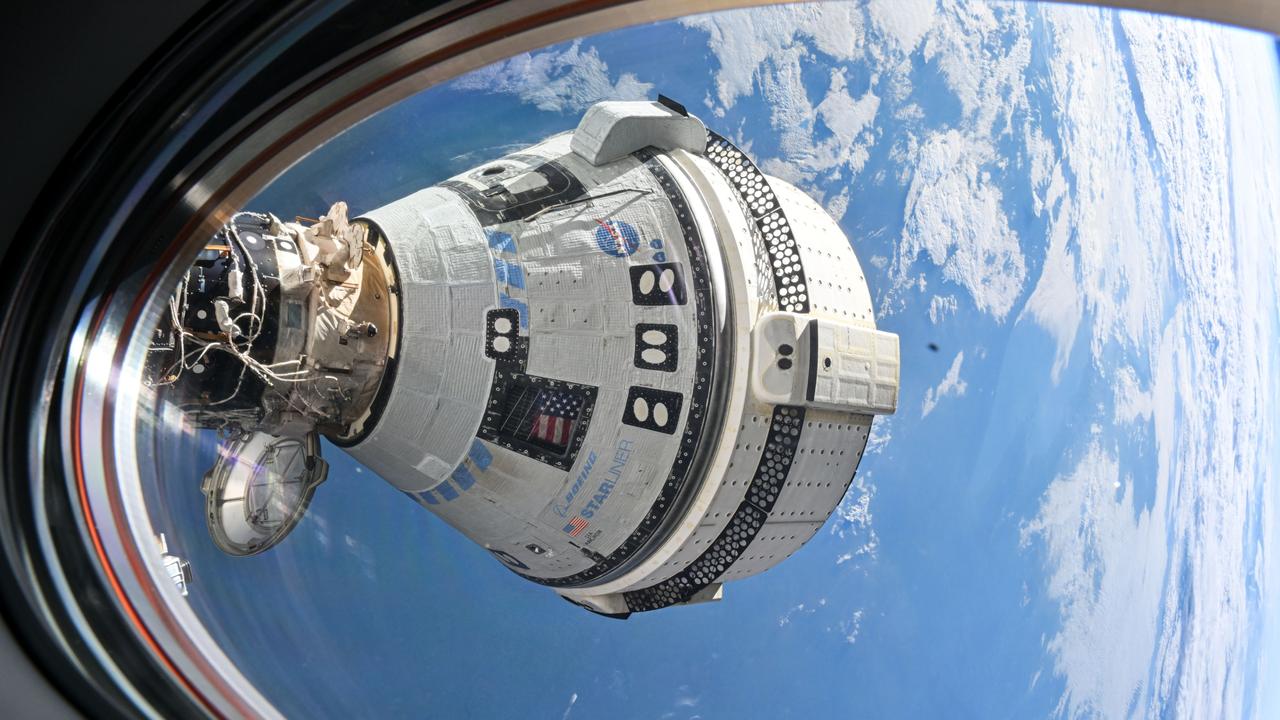
Radiation
Having travelled beyond the Earth’s orbit, astronauts are at risk of being exposed to radiation, which can lead to an increased risk of cancer and other degenerative diseases.
But Dr Christiansen said Wilmore and Williams – who are positioned 400km from Earth on the ISS – are still nestled within the Earth’s highly protective magnetic field.
“They do experience slightly increased level of radiation compared to being on Earth but it is still a lot les than you would experience if you are out in deep space,” Dr Christiansen said.
While in space, astronauts wear dosimeters, which measure the cumulative radiation dose they receive during the course of their mission.
Dr Christiansen said astronauts are also part of a program on lifetime monitoring that “so their health and that their families is looked after before they go to space, while they’re in space, and after they’re in space. So it’s very holistic approach to healthcare.”

Astronauts are at high risk of developing emotional distress and anxiety, which can have an effect on their immune system and overall wellbeing.
Sleep deprivation is another common issue.
Those living on the ISS complete a full circle of Earth every 90 minutes, meaning they experience 16 sunsets and sunrises every day.
“That can have an effect on their sleep and circadian rhythms, which can obviously have an effect on your psychological health and wellbeing,” Dr Christiansen said.
However NASA has developed strategies to combat this.
“There’s special lighting on the space station which is adapted to the different times of day to make it appear more natural,” she said.
“Astronauts also have little sleep cubicles, which is just their private space so they can have a few personal items and phone home to family and friends.”

“Although there are these risks and hazards … the general consensus seems to be that we’re now at a point where we’ve learnt a lot from the last 60 or so years of humans living and working in space, so these risks are pretty well understood, and there are now a lot of strategies that have been developed to deal with it.”
“With Sunny and Butch, because they’re both very experienced astronauts, they know what they have to do …. So their previous experience is an enormous asset for them to be able to have insights and resilience to manage (the risks) and manage it well.”